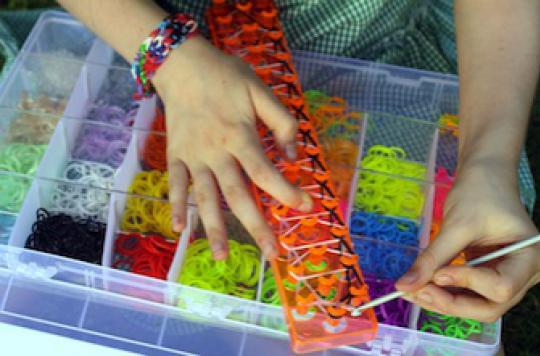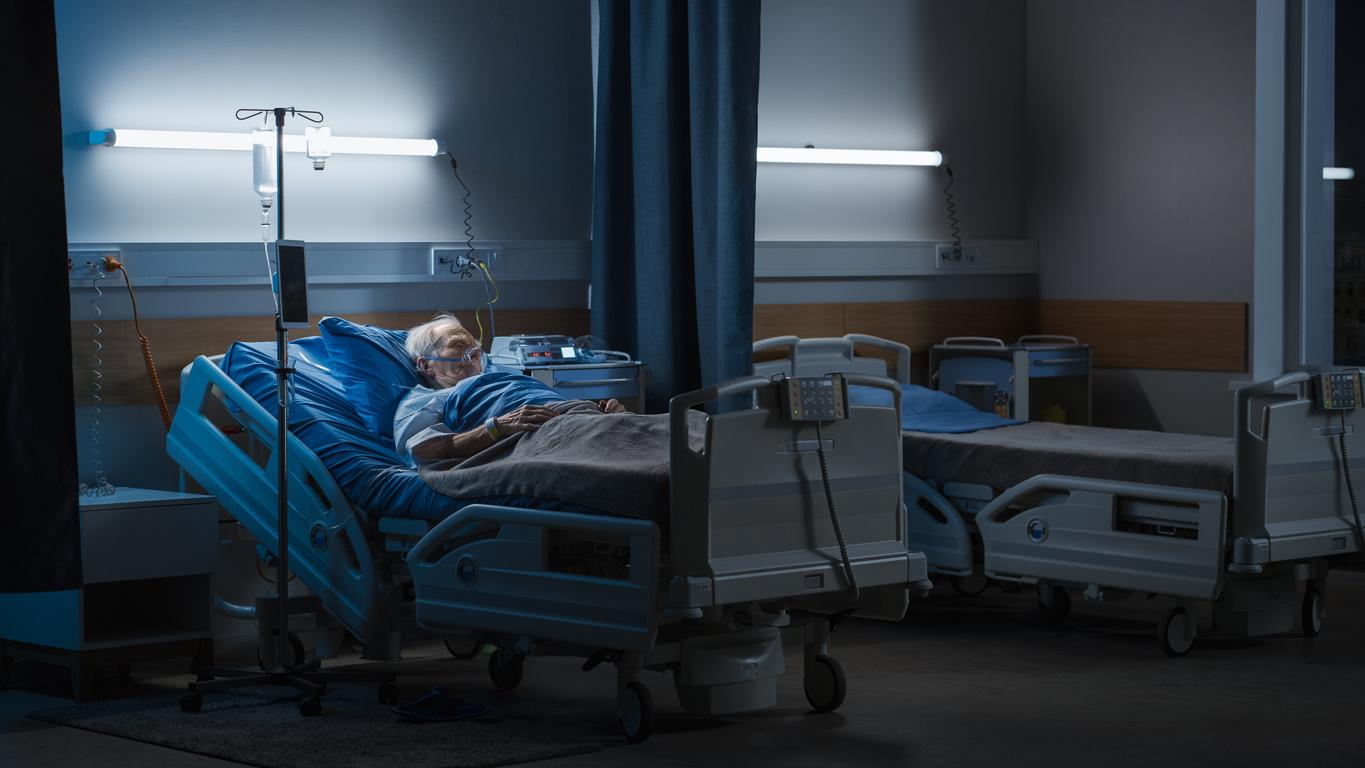A recent British study reveals that the pendants intended to be hung on counterfeit Rainbow Loom bracelets contain high doses of toxic products.

Rainbow Looms, those multicolored bracelets that adorn the wrists of many little girls and teenagers, can be poisonous if they are counterfeit. Indeed, a survey conducted by British researchers, relayed by the English daily Telegraph, reveals the presence of a high amount of chemicals in the pendants sold with these accessories.
Non-compliance with health standards
Researchers studied the composition of the pendants sold from 16 brands of counterfeit Rainbow Loom bracelets. Phthalates have been spotted in the pendants. The use of these substances, which are frequently found in everyday objects, is permitted at 0.1%. But the analyzes of the British survey reveal that the use of these products in the pendants studied exceeds 50%. Accessories are therefore likely to be toxic to those who wear them. The danger particularly concerns children: “Children’s skin is thinner, more permeable to toxins in general. The general concern here is that they put these pendants in your mouth. »Declared Robert Barucci, toxicologist at Inserm, on Europe 1.
Health consequences
Phthalates are plasticizers used primarily to soften plastic or stabilize a scent. They are found in several household products, but also in the rubber, photography, paper, cardboard and wood industries. Several studies have shown that exposure to these substances or their ingestion can have serious consequences on health, even at low doses: premature deliveries, precocious puberty in young girls, fertility problems, involvement in the development of type diabetes. 2 and obesity, risk of allergies and asthma …
Most Rainbow Loom counterfeits are sold outside stores: markets, beaches, metro corridors …. It is therefore advisable to go to official points of sale if you want to avoid buying one. Customers can also view the packaging of the bracelets. If the “CE” label is inscribed on it, it means that it is not a counterfeit.
According to a report by the Environment and Health Network (RES) published in 2012, the global production of phthalates is 3 million tonnes per year, or nearly 100,000 tonnes for France.
.















